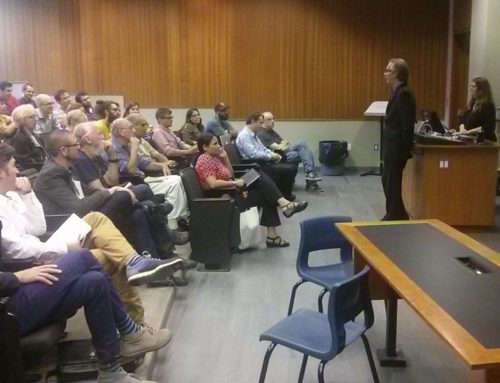Nathaniel Bergman* , Noam Greenbaum and Uri Schwartz
( * University of Western Ontario)
Title: Extreme Floods and Short-Term Hydroclimatological Fluctuations in the Hyper-Arid Dead Sea Region, Israel
The autumn Active Red Sea Trough (ARST) rainstorm in the southern Dead Sea region on 29 October 2004 was documented using calibrated radar images, some rainfall measurements, slope-area, and HEC-RAS hydraulic modelling peak discharge estimates in several ephemeral tributaries. The extreme rainstorm had a maximum intensity of 175 mm h – 1 , a duration of 2 h, and rainfall amounts of up to 74 mm. The resulting flood in Nahal Zin (1400 km 2 ), which increased downstream up to 1280 m3 s – 1 (probability of b1%), was effectively contributed from the lower tributaries that constitute only 250 km 2 or 18% of the total drainage basin area. Specific peak discharges in small drainage basins (1-5 km 2 ) exceeded 50 m 3 s – 1 km – 2 , and for basins of 50 km 2 were up to 18 m 3 s – 1 km – 2 . Re-plotting of the flood envelope curve was necessary, as it was exceeded by several floods at all catchment sizes. A recent increase in the frequency of extreme floods has been recognized in flood studies in the Negev, northern Israel, and across the wider eastern Mediterranean basin. This increase is reflected in other palaeohydrological and palaeoclimatological evidence in the southern Levant such as the levels of the Dead Sea, but contradicts hydroclimatological trends in the western Mediterranean that are correlated to the NAO index, suggesting that these are quite different hydroclimatological environments.






